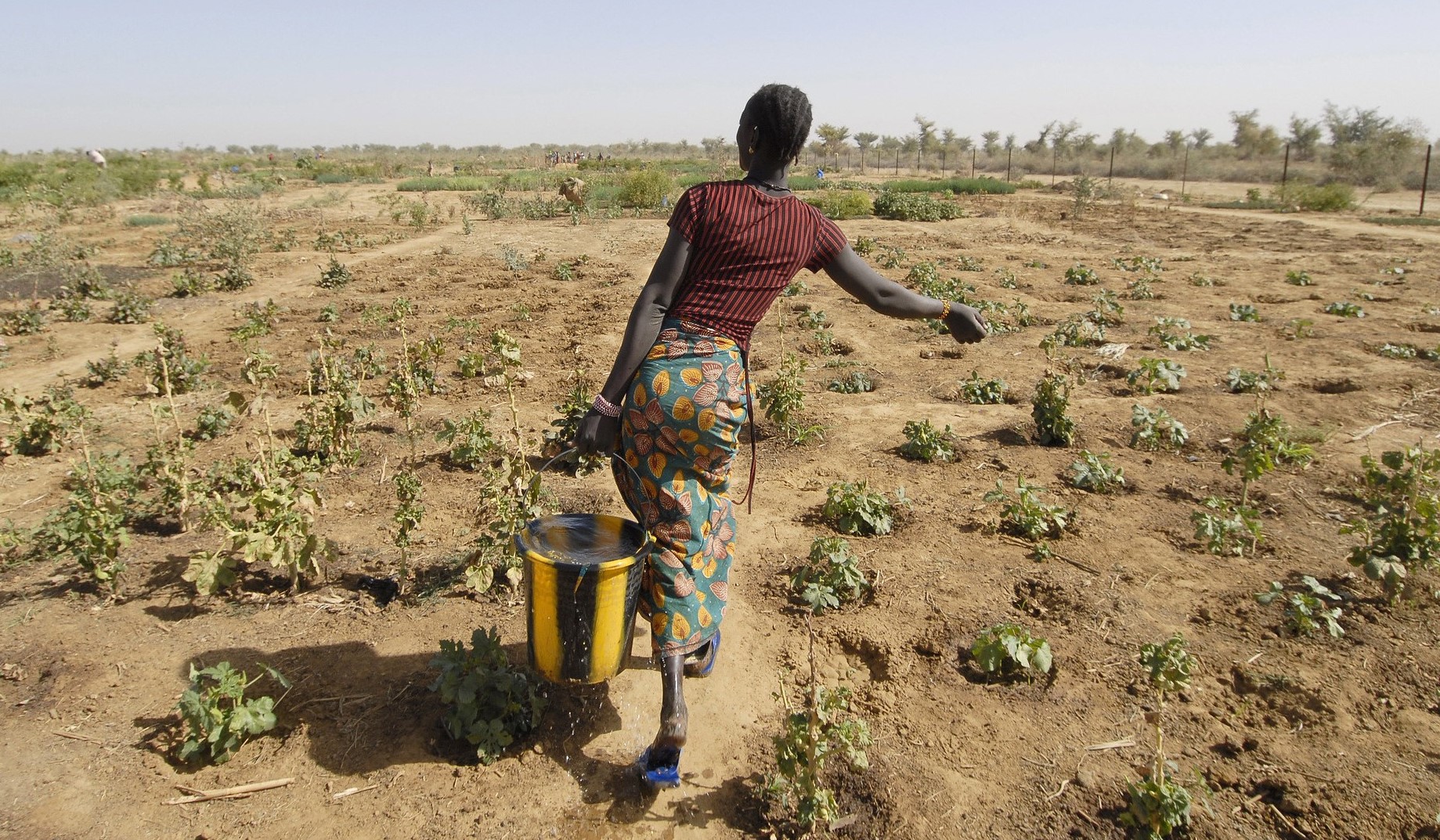The International Women's Day, on March 8, is an occasion to recognize the key role played by women in building resilient communities and responding to climate-related risks. This video-lesson highlights the implication of gender in climate change adaptation and showcases key actions the Cities Alliance is undertaking to empower women and build resilient cities.
The world is witnessing an unprecedented wave of climate-related hazards and slow onset events. Wildfires, floods and droughts as well as desertification, loss of biodiversity and sea-level rise are just some of the short and long-term effects of our changing climate that testify the urgency to act. The recently launched EU Adaptation Strategy is a significant step towards the recognition of the proximity of climate change and the awareness that adaptation efforts need to go hand-in-hand with mitigation. The strategy also highlights the importance to understand the different adaptive capabilities of women and other vulnerable groups such as the elders, persons with disabilities and displaced people.
In emerging economies and especially within informal settlements, climate change effects tend to disproportionally affect women in comparison to men. For instance, droughts have an impact on the collection of water and other resources, burdening women with additional time-consuming tasks that prevent fair education and other livelihood opportunities.
At the same time, the inclusion of women and girls in city development, including climate adaptation initiatives have significant positive outcomes for everyone, being women climate action champions and leaders both at the community, city and national levels. In order to provide women and girls with the means and capacity to fully contribute to climate adaptation initiatives, it is essential to engage them within participatory processes to design, build and manage cities that address their needs.
Cities Alliance is committed to creating more inclusive and resilient cities and communities to provide equally accessible spaces, opportunities and services for women and men.
The video was created as an introduction-lesson to the projects selected under the Cities Alliance 2020 Call for Proposal: Stronger Partnerships: Local Innovation for New Climate Realities’. Apart from showcasing the relation between climate change effects and gender inequality, it advocates for the importance of sex-disaggregated data and further women’s inclusion in city planning and climate adaptation processes.
Additional resources:
-
Why gender matters in climate adaptation Stockholm Environmental Institute (SEI)
-
Why gender matters in climate adaptation International Institute for Sustainable Development (IISD)
-
Toolkit for Mainstreaming and Implementing Gender Equality, OECD
-
The State of Food and Agriculture. Women in Agriculture. Closing the Gender Gap for Development, FAO





